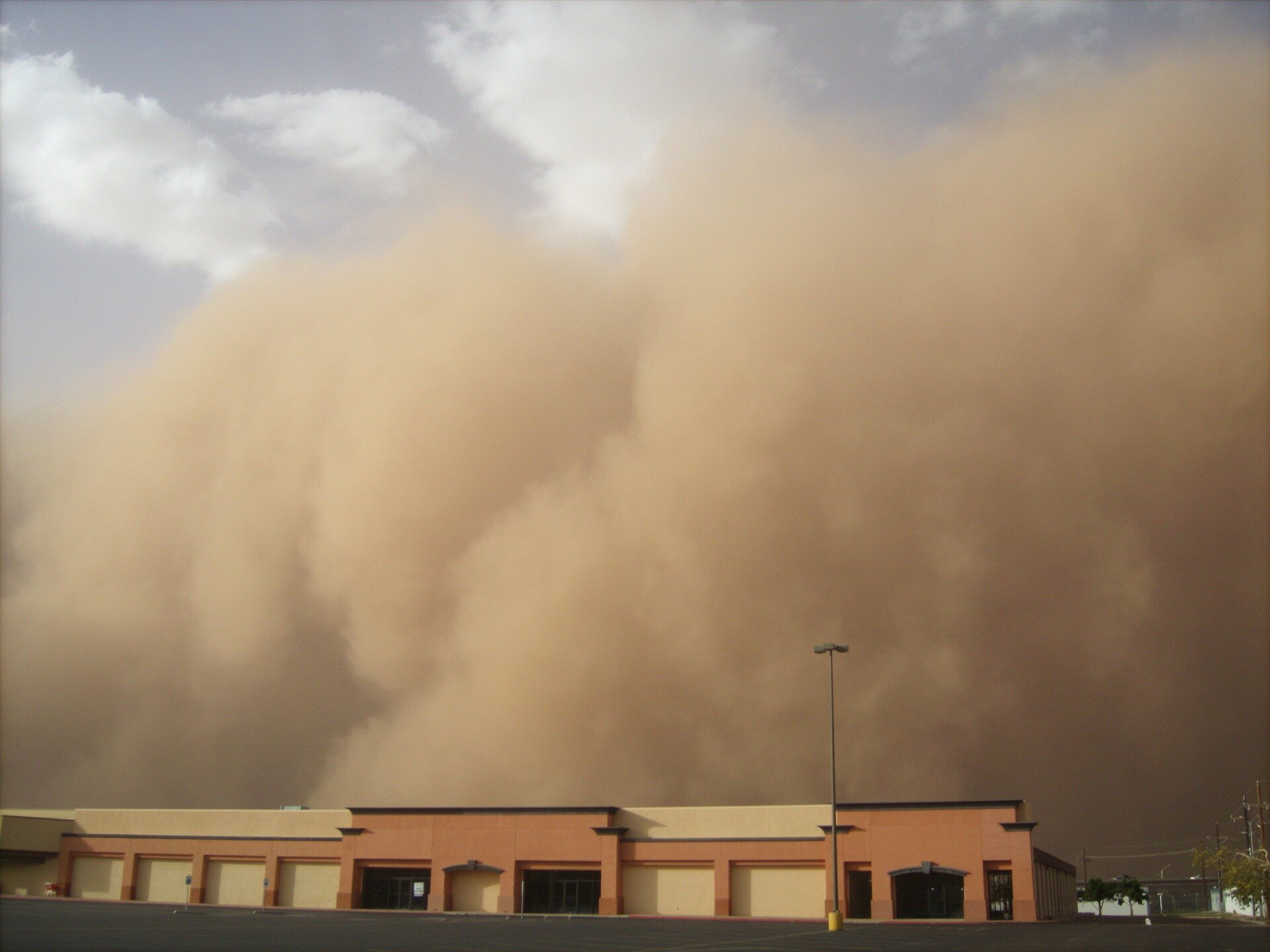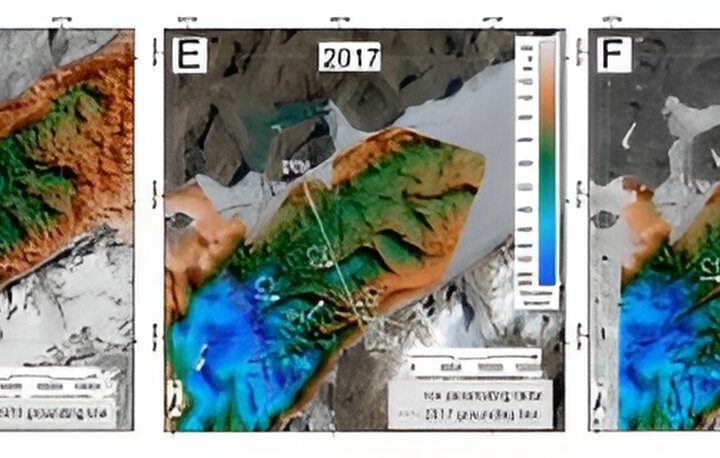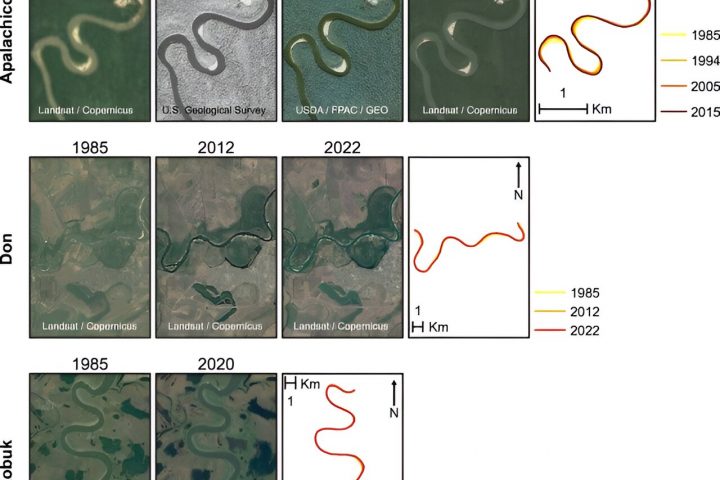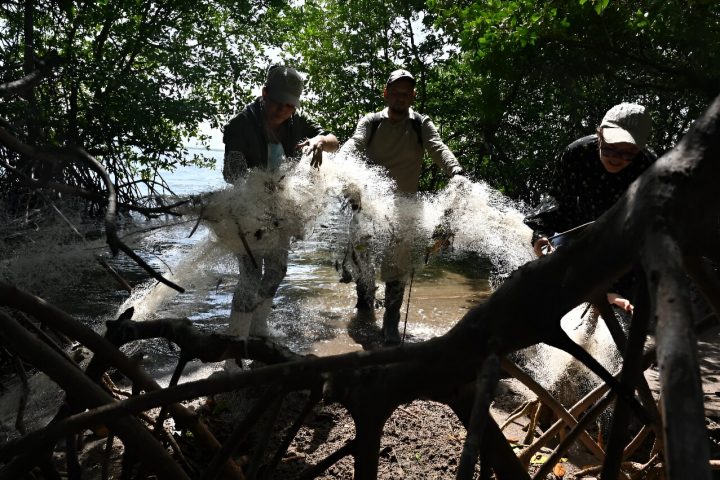Dust storms are a common occurrence in Central and East Asia today. Various factors, such as the East Asian Summer Monsoon, the East Asian Winter Monsoon, and the westerlies, play a significant role in influencing dust production and transport in these regions.
Previous dust records in East Asia have mainly been derived from the Chinese Loess Plateau and the arid zones of Central Asia. However, there is limited information available from lake sediments in northeast China, which is located in the downwind direction of the East Asian winter winds. This lack of knowledge hampers our understanding of dust dynamics in northeast China and East Asia as a whole.
A team of researchers from the Nanjing Institute of Geography and Limnology of the Chinese Academy of Sciences (NIGLAS) and their collaborators conducted a study to investigate the history of the East Asian Winter Monsoon over the past 25 thousand years. They analyzed the chemistry of a well-dated 12.55 m-long sediment core from Lake Tuofengling, a crater lake in northeast China. The findings of their study were published in Geophysical Research Letters on June 20.
The researchers discovered that the sediments in Lake Tuofengling consist of a mixture of local volcanic debris from the lake basin and windblown dust from the Gobi Desert of the Mongolian Plateau. They also proposed that the East Asian Winter Monsoon is the primary driving force behind the transport of dust from the Mongolian Plateau to Lake Tuofengling during this time period.
Based on their new data and previously published work, the research team suggested that changes in dust activity and the characteristics of the East Asian Winter Monsoon were likely influenced by a combination of global ice volume and the strength of Atlantic Ocean circulation since the last Ice Age.
“Our new record of Mongolian dust input to Lake Tuofengling, along with our understanding of regional and global climate, allows us to reconstruct the history and driving mechanisms of northeast Asian dust activity over the past 25 thousand years,” said Zhang Wenfang, the first author of the study. “This study enhances our understanding of the factors driving dust activity in East Asia and improves our ability to predict future dust activity.”
,,,








